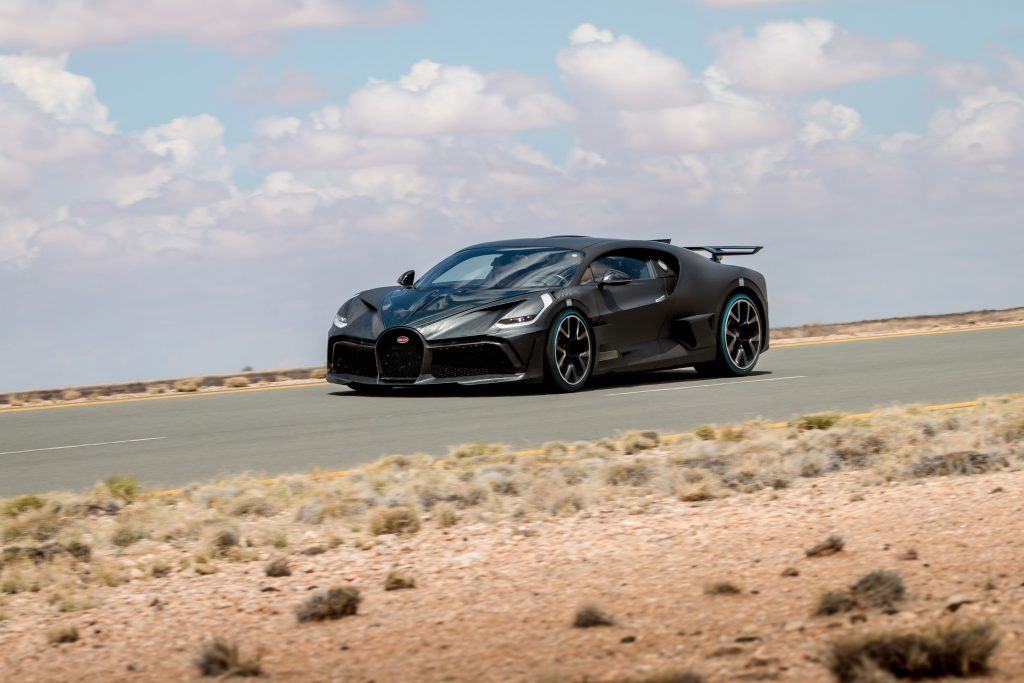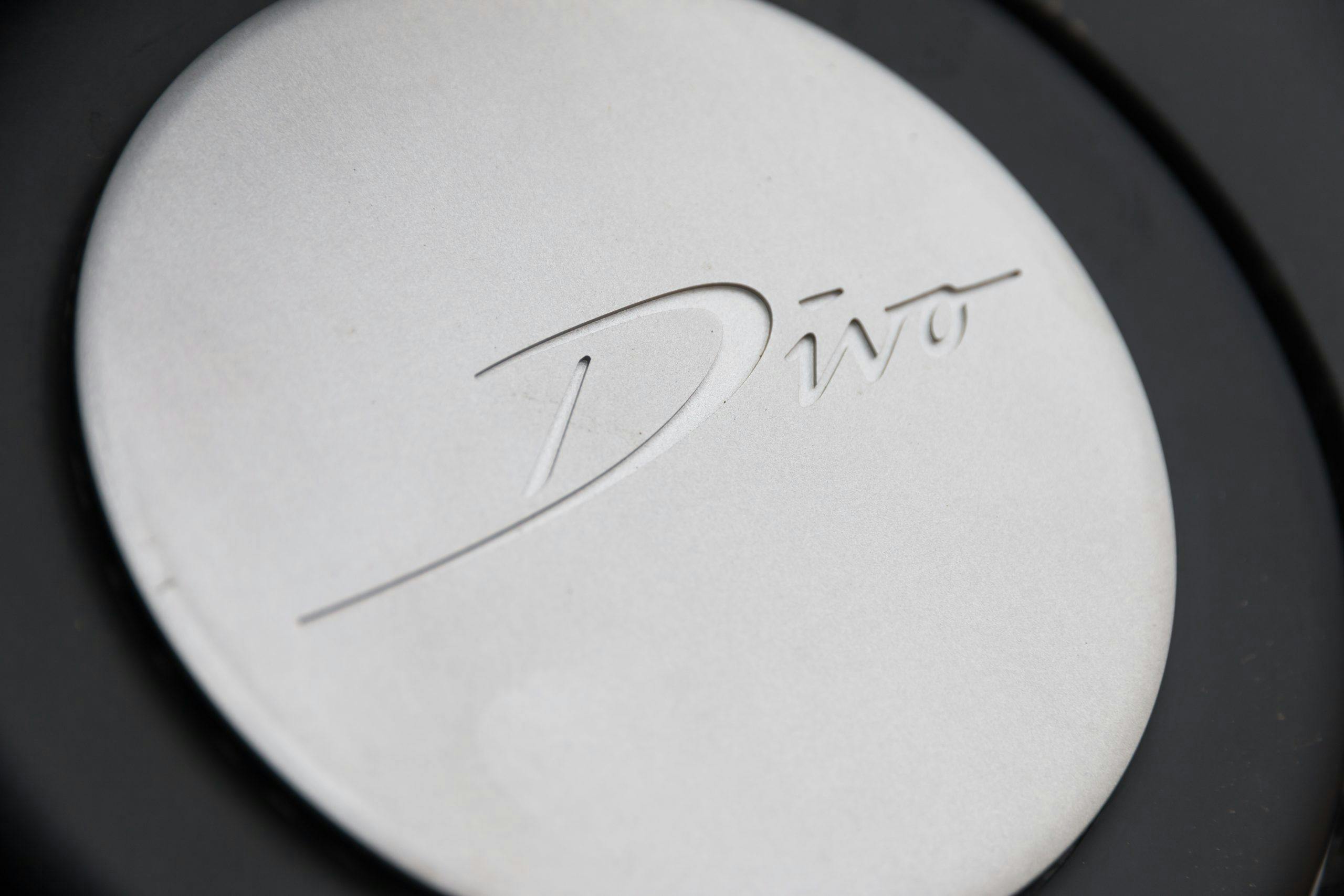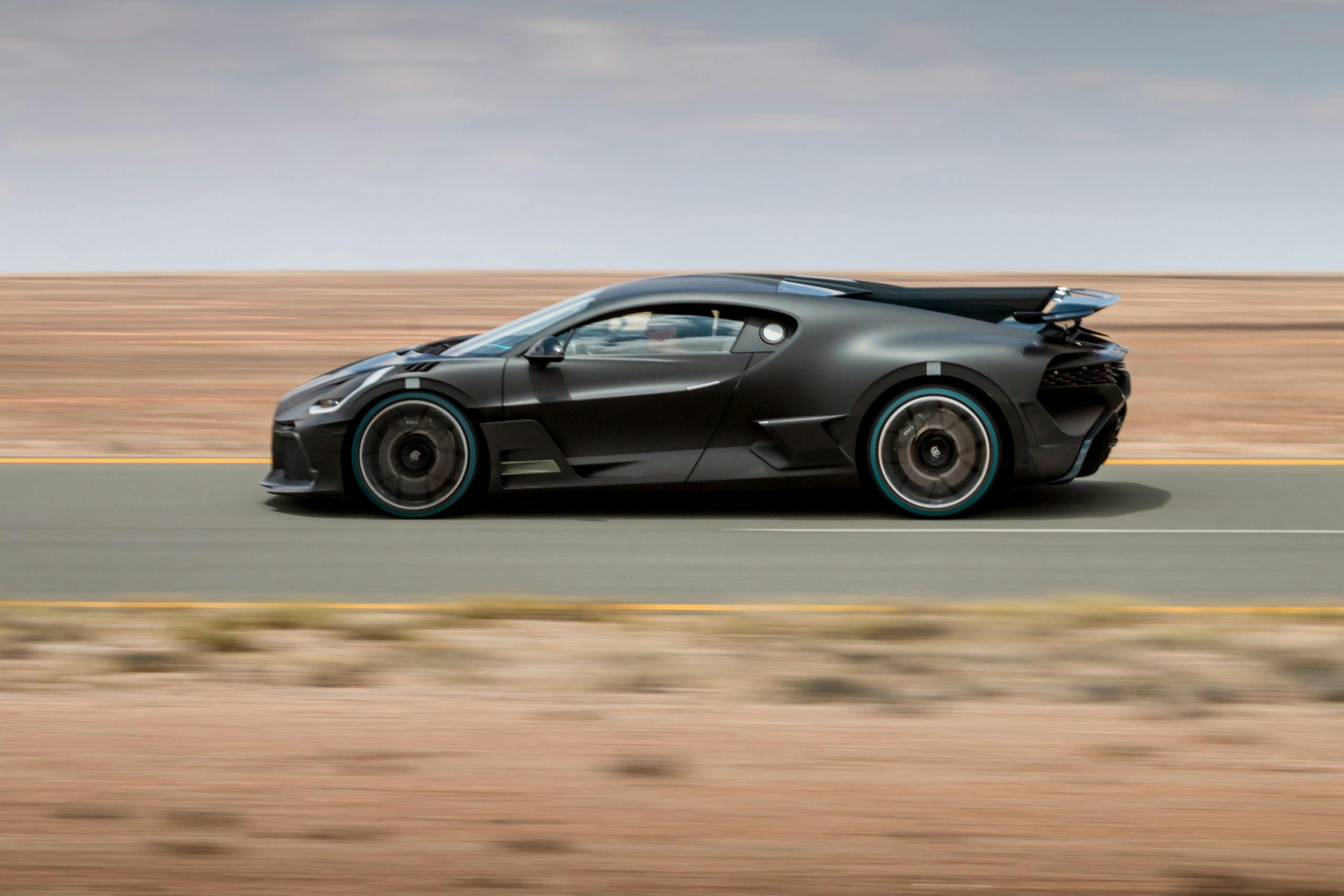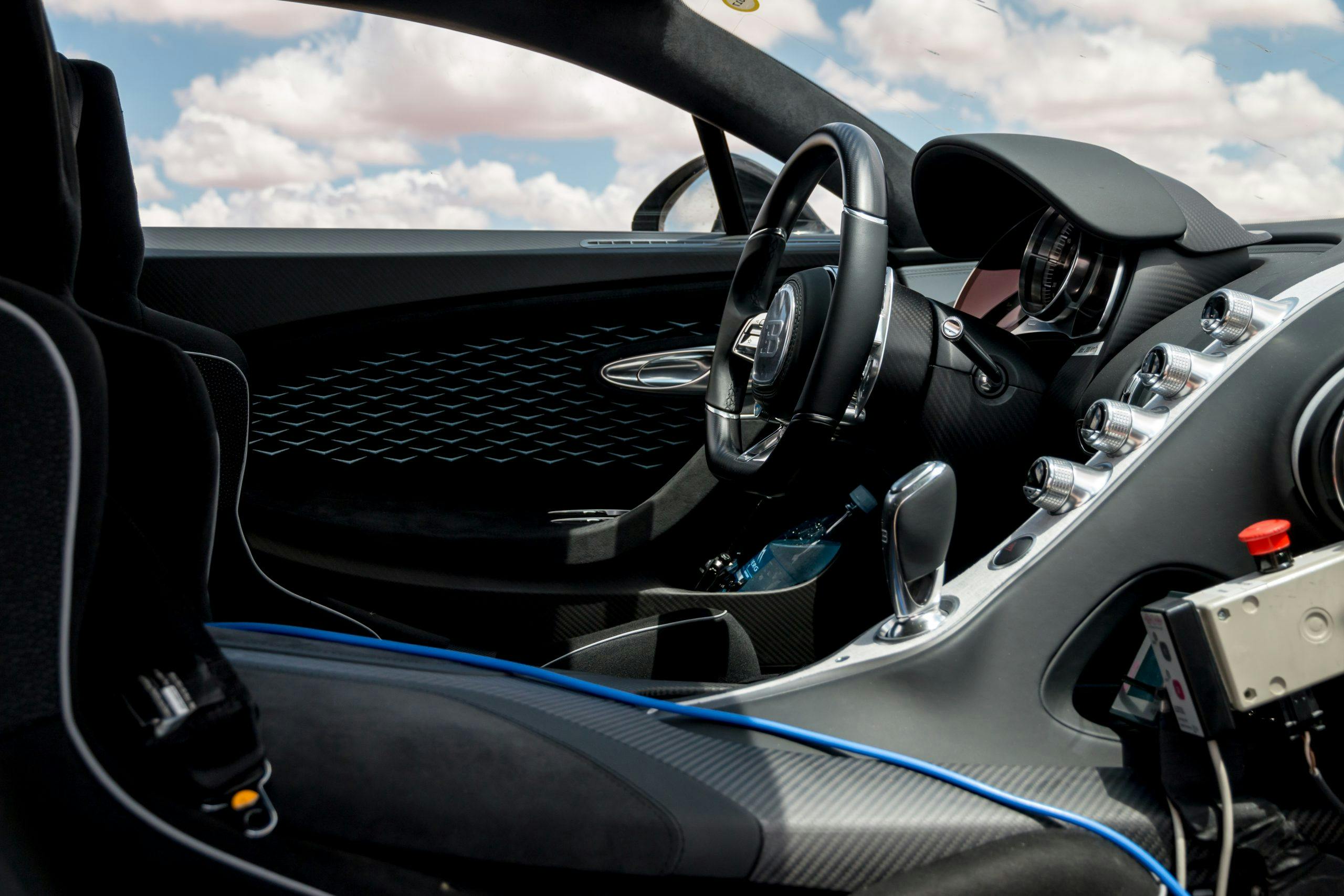Media | Articles
Understanding what the Bugatti Divo is supposed to do now that it’s ready
The Bugatti Veyron’s successor has been in production since 2016 and, having driven a Chiron, we found that “for a car that pushes the scales past 4400 pounds, it feels surprisingly lithe.” Former Lamborghini and Audi Sport boss Stephan Winkelmann has been in charge of the company since 2018, but one of the last projects Wolfgang Durheimer commissioned before leaving Bugatti was the Chiron Sport. Advertised as a lighter alternative with a stiffer suspension and a torque-vectoring differential, the Sport was Bugatti’s handling champion for 2019. Little did we know how many Chiron styling and tuning variants would follow within a year.
A $9 million tribute to the EB110? The Centodieci. A $12.5 million one-off? La Voiture Noire. A 30-car run of 300-plus-mph Chirons with longer tails? The Super Sport 300+. Now, there’s the Pur Sport, a Chiron with an even stiffer suspension package and a stickier tire compound. Yet for the ultimate in handling, Bugatti still reckons we should look no further than the 40 Divos announced in 2018, the hardcore handling specials priced at $5.5 million apiece and aimed at customers who already own a Chiron. Since it apparently took two years to develop, it’s hard not to suspect the Pur Sport to be a Divo in Chiron clothing with magnesium wheels.

Pierre Rommelfanger, project manager for Bugatti’s limited edition models would probably disagree:
“At the beginning of 2018, our aim was to develop a particularly sporty vehicle as the first project under the leadership of new Bugatti President Stephan Winkelmann. We had lengthy discussions—and above all we listened to our customers. Some of them were longing for an agile and corner-hungry car. That’s definitely what the Divo has turned out to be.”
The team’s goal was to make the Divo very different from the Chiron while reviving coachbuilding, a tradition Bugatti calls “long-forgotten.” However, Winkelmann’s words suggest this experiment was equally about pleasing collectors for the right sum:
Marketplace
Buy and sell classics with confidence
“Every Divo customer owns a Chiron, knows what the brand stands for, and is a true Bugatti enthusiast. Our customers instantly understood the sporty approach of the Divo and supported our project.”
Regardless of how confusing Bugatti’s handling-focused range may be, to make the Chiron happier throughout the bends, the engineers went to great lengths to optimize thermal management, chassis setup, and active aerodynamics.

What is described as “adjusting the setup again and again and refining it until all parameters are perfectly matched and the Divo’s agility can no longer be increased” translated to 3100-miles of testing at up to 236 mph in three modes: “EB,” “Motorway,” and “Handling.”
While the Chiron Sport is 40 pounds lighter, the Pur Sport lost 110 pounds compared to the base car; the Divo sits right in between with a weight reduction of 77 pounds. Aided by a fixed wing that’s 23-percent wider than the Chiron’s and still acts as an air brake—along with its much more open body—the Divo can produce over 1000 pounds of downforce as it approaches to its top speed. Lateral acceleration is increased to 1.6 g, with Bugatti quoting a 0–62 mph time of 2.4 seconds, just 0.1 seconds shy of the Chiron Pur Sport’s so-far-unproven figure.
Complete with tail lights consisting of 44 LED fins, and soon to be delivered to 40 customers, the Bugatti Divos are named after Albert Divo, who was a French pilot and racing driver who won Sicily’s curve-heavy Targa Florio circuit in 1928 and in 1929, driving a Bugatti Type 35B and a Type 35 respectively. Divo’s success gave Ettore Bugatti’s team its fourth and fifth Targa Florio trophies.
Mind you, unlike the compact Type 35, the 6.61-foot-wide Bugatti Divo is not a car one would feel comfortable pushing hard on Sicilian roads.





















